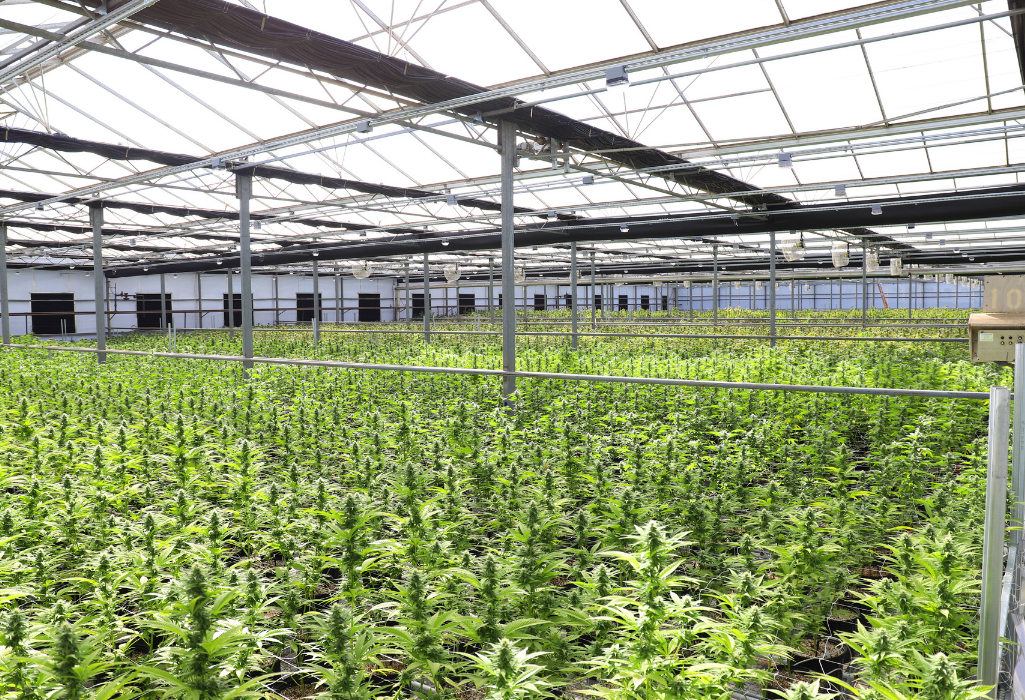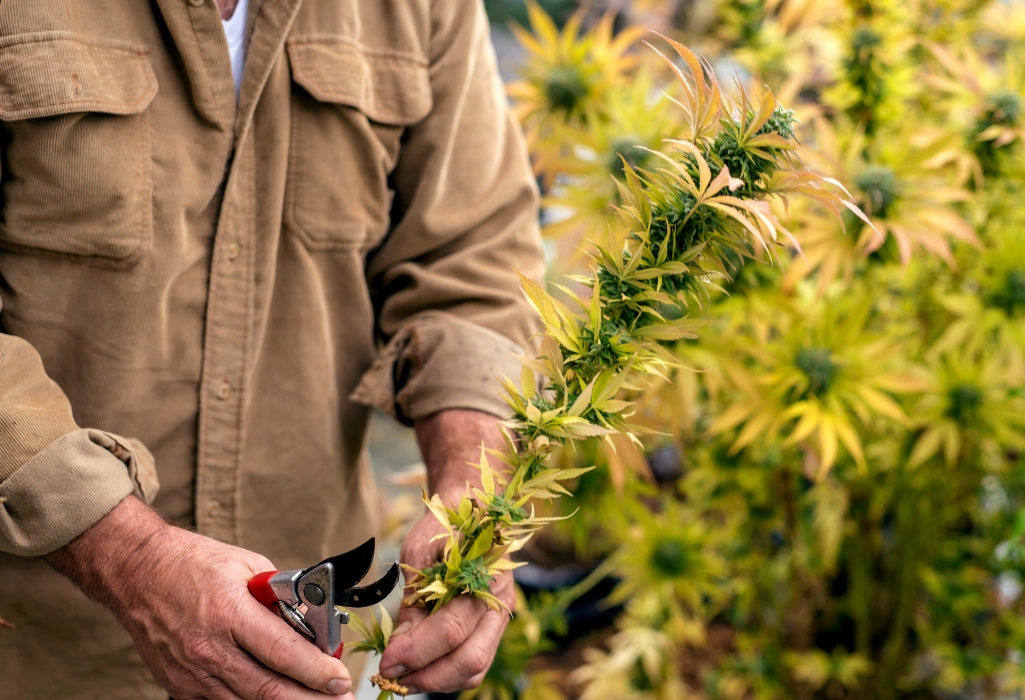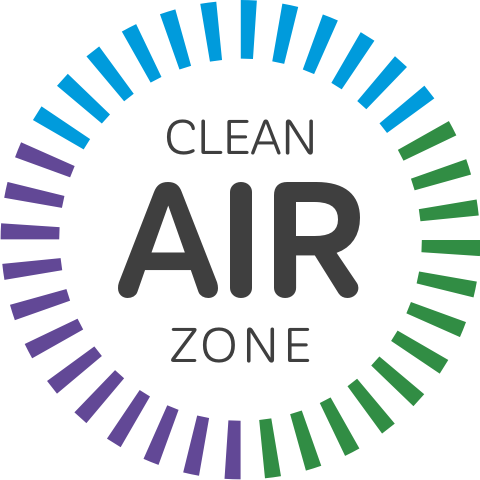As of July 2021, 18 states have legalized marijuana, while 37 states have legalized it for medical use. In recent years, the support for the legalization of this formerly stigmatized drug has soared, with more individuals using it for recreational and medical reasons such as relief from ongoing pain and anxiety. As a result, the legal cannabis industry is expected to make about $43 billion by 2025.
Its recent legalizations have made it possible for effective experiments to be conducted on the sustainability of the cannabis industry. A recent study conducted by Desert Research Institute and the Washoe County Health District in Nevada found concerning levels of volatile organic compounds (VOC) emitted during the production of cannabis plants and the oil extraction period.

VOCs are chemical gases emitted into the air from certain solids and liquids such as petroleum fuels, hydraulic fluids, paint thinners, and dry-cleaning agents. One VOC that cannabis production releases are called terpenes, a compound that gives weed its signature aroma.
High levels of VOCs are extremely harmful to workers, especially those exposed to these chemical gases in enclosed spaces. According to the Environmental Protection Agency, some of the immediate side effects of being exposed to high amounts of VOCs include eye and respiratory tract irritation, headaches, dizziness, visual disorders, and memory impairment.
If released into the outside air, VOCs can also contribute to the ground ozone level. Unlike the ozone layer in the atmosphere which protects us from UV rays, ground ozone is a toxic air pollutant that is created when oxides of nitrogen and VOCs chemically react.

Those exposed to ground ozone level might experience its dangerous health effects such as sore or scratchy throat, and difficulty when breathing deeply. Individuals that suffer from lung diseases such as asthma, emphysema, and chronic bronchitis might find their symptoms worsen.
It is imperative that the cannabis industry practices filtering out VOCs to decrease their harmful effects. A sustainable and effective filtration product, Clean Air Zone is the key ingredient in revolutionizing the cannabis industry.
Clean Air Zone is highly effective in controlling, capturing, and completely neutralizing VOCs. When deployed correctly, CAZ’s biotechnology can reduce VOC level to “zero” in residential, commercial, public, and light industrial environments. Along with removing VOCs, Clean Air Zone’s green technology is highly effective in removing mold spores and decreasing the chances of mold and mildew buildup in the cannabis plant. Its revolutionary green and highly effective technology make Clean Air Zone the most competitive air filtration system for the Cannabis industry.
- https://www.sciencedaily.com/releases/2019/09/190918100230.htm
- https://www.epa.gov/ground-level-ozone-pollution/ground-level-ozone-basics
- https://www.epa.gov/indoor-air-quality-iaq/volatile-organic-compounds-impact-indoor-air-quality
- https://www.gaiaca.com/cannabis-production-and-environmental-pollution /

